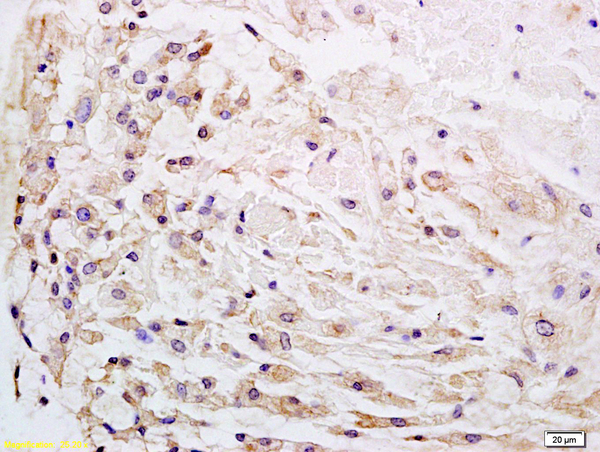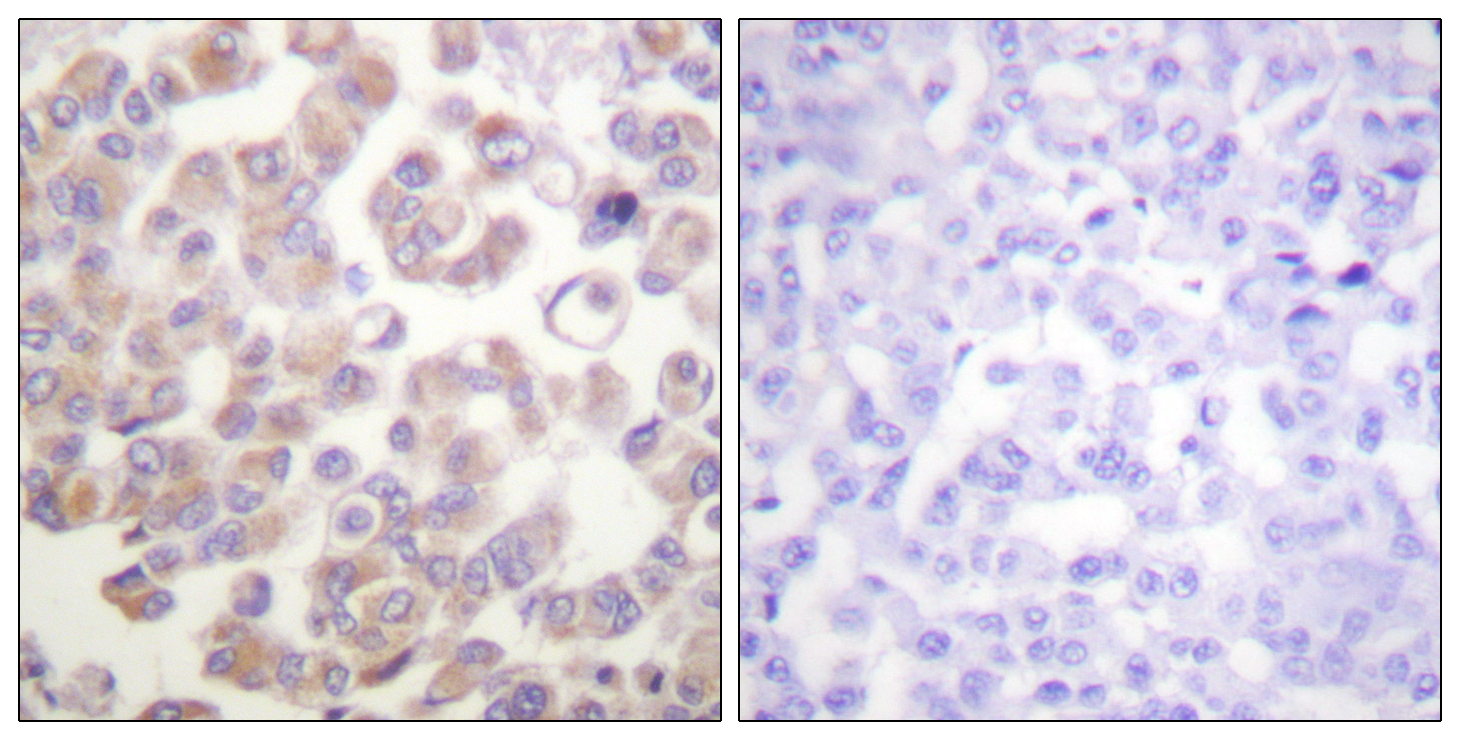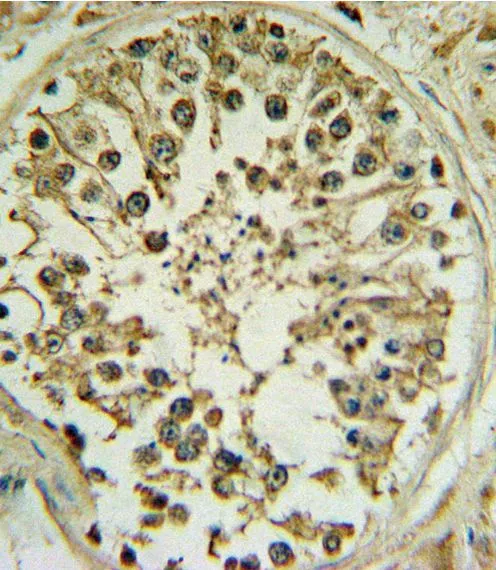Wnt1 antibody
GTX111182
ApplicationsWestern Blot
Product group Antibodies
TargetWNT1
Overview
- SupplierGeneTex
- Product NameWnt1 antibody
- Delivery Days Customer9
- Application Supplier NoteWB: 1:1000-1:10000. *Optimal dilutions/concentrations should be determined by the researcher.Not tested in other applications.
- ApplicationsWestern Blot
- CertificationResearch Use Only
- ClonalityPolyclonal
- Concentration1.01 mg/ml
- ConjugateUnconjugated
- Gene ID7471
- Target nameWNT1
- Target descriptionWnt family member 1
- Target synonymsBMND16, INT1, OI15, proto-oncogene Wnt-1, proto-oncogene Int-1 homolog, wingless-type MMTV integration site family member 1, wingless-type MMTV integration site family, member 1 (oncogene INT1)
- HostRabbit
- IsotypeIgG
- Protein IDP04628
- Protein NameProto-oncogene Wnt-1
- Scientific DescriptionThe WNT gene family consists of structurally related genes which encode secreted signaling proteins. These proteins have been implicated in oncogenesis and in several developmental processes, including regulation of cell fate and patterning during embryogenesis. This gene is a member of the WNT gene family. It is very conserved in evolution, and the protein encoded by this gene is known to be 98% identical to the mouse Wnt1 protein at the amino acid level. The studies in mouse indicate that the Wnt1 protein functions in the induction of the mesencephalon and cerebellum. This gene was originally considered as a candidate gene for Joubert syndrome, an autosomal recessive disorder with cerebellar hypoplasia as a leading feature. However, further studies suggested that the gene mutations might not have a significant role in Joubert syndrome. This gene is clustered with another family member, WNT10B, in the chromosome 12q13 region. [provided by RefSeq]
- Storage Instruction-20°C or -80°C,2°C to 8°C
- UNSPSC12352203
References
- Chen J, Tschudy-Seney B, Ma X, et al. Salvianolic Acid B Enhances Hepatic Differentiation of Human Embryonic Stem Cells Through Upregulation of WNT Pathway and Inhibition of Notch Pathway. Stem Cells Dev. 2018,27(4):252-261. doi: 10.1089/scd.2017.0168Read this paper
- Alok A, Lei Z, Jagannathan NS, et al. Wnt proteins synergize to activate β-catenin signaling. J Cell Sci. 2017,130(9):1532-1544. doi: 10.1242/jcs.198093Read this paper
- Lii CK, Chang JW, Chen JJ, et al. Docosahexaenoic acid inhibits 12-O-tetradecanoylphorbol-13- acetate-induced fascin-1-dependent breast cancer cell migration by suppressing the PKCδ- and Wnt-1/β-catenin-mediated pathways. Oncotarget. 2016,7(18):25162-79. doi: 10.18632/oncotarget.7301Read this paper
- Najdi R, Proffitt K, Sprowl S, et al. A uniform human Wnt expression library reveals a shared secretory pathway and unique signaling activities. Differentiation. 2012,84(2):203-13. doi: 10.1016/j.diff.2012.06.004Read this paper





![FACS analysis of HeLa cells using GTX83320 Wnt1 antibody [10C8]. Green : Wnt1 Purple : negative control](https://www.genetex.com/upload/website/prouct_img/normal/GTX83320/GTX83320_20170912_FACS_w_23061322_947.webp)